"Unusual rain" is the reason given by Lam Dong authorities for the landslide on Bao Loc pass, burying the Madagui Traffic Police Station (under the Lam Dong Traffic Police, Da Huoai district), killing 4 people.
Data from the meteorological agency shows that the rain at the end of July in the Bao Loc area, although not a record, was higher than the average of many years.
The landslide point is in Da M'Ri town, Da Huoai district - more than 20 km from the center of Bao Loc city (Lam Dong). This area is one of the "rainy centers" of the country, according to the National Climate Assessment Report 2021 of the Ministry of Natural Resources and Environment . Bao Loc's total annual rainfall is 2,949 mm, far exceeding the average value of the whole region of 1,921 mm. This highland area also often experiences heavy rain, lasting for many days.
Monthly rainfall data in Bao Loc for 30 years

Before the landslide, in just 24 hours from the evening of July 29 to 30, Bao Loc pass received 201 mm of rain, half the average rainfall for the entire month of July at Bao Loc station (441.2 mm).
"Such intensity of rain is very high," said Master Nguyen Van Huan, Head of the Forecasting Department - Hydrometeorological Station (KTTV) of the Central Highlands region. Normally, the common rainfall in Vietnam is about 5 mm per day, over 50 mm is considered heavy rain.
He said that the rain was most concentrated between 10am and 1pm, before the landslide that killed four people (2:45pm). Specifically, from 10am to 11am it was 26mm, and from 12pm to 1pm it was 59mm. In 3 days, from July 27 to July 30, the land at Bao Loc Pass "absorbed" 299mm of rain, the highest in the country at that time.
"If it rains all day but a large amount is concentrated in one hour, the risk of landslides can completely occur in areas with unstable soil structure," Mr. Huan explained.
Peak rainfall areas in late July 2023 across the country
Although the rainfall on July 30 in Bao Loc was large, it did not break any records. Data from 1961-2018 shows that the average heaviest rainfall in the Central Highlands was 245 mm, and the record was 443 mm per day.
Including July, Bao Loc's rainfall was not too unusual, at 565 mm - although higher than the average of many years, it was not the highest. However, if including June and July, the rainfall in this area reached 1,179 mm, the highest in the past 30 years.
Heavy rains have caused a series of natural disasters such as landslides and flash floods, leading to many losses in both human life and property. Since 2005, natural disasters have claimed 90 lives in Lam Dong, and caused more than 1,900 billion VND in losses. Casualties have tended to decrease since 2009, but have increased again this year.
Lam Dong People's Committee said that in just 7 months, 9 people died due to natural disasters - the highest number in 14 years. Of these, 6 were buried in landslides.
Human and property losses due to natural disasters in Lam Dong from 2005 to present

Statistics from 2010 to present show that each year this province has 2 to 5 landslides. Meanwhile, in the past 7 months alone, 4 landslides have been recorded, killing 6 people, showing the increasing level of this type of natural disaster.
The Institute of Geological Sciences and Mineral Resources (Ministry of Natural Resources and Environment) said that Lam Dong has 9.79% of its area at very high risk of landslides, most in Lac Duong district (31% of the area). The high-risk area accounts for 28% of the area, mainly in Dam Rong, Di Linh districts and Da Lat city.
According to the People's Committee of Lam Dong province, during the rainy season, landslides commonly occur on mountain passes, sections passing through steep hills such as National Highways 20, 27, 28, Road 723...; in urban areas such as Dran town (Don Duong district), Di Linh town and communes Dinh Lac, Tan Nghia, Gia Hiep (Di Linh district).
Landslide risk zoning map of Lam Dong province
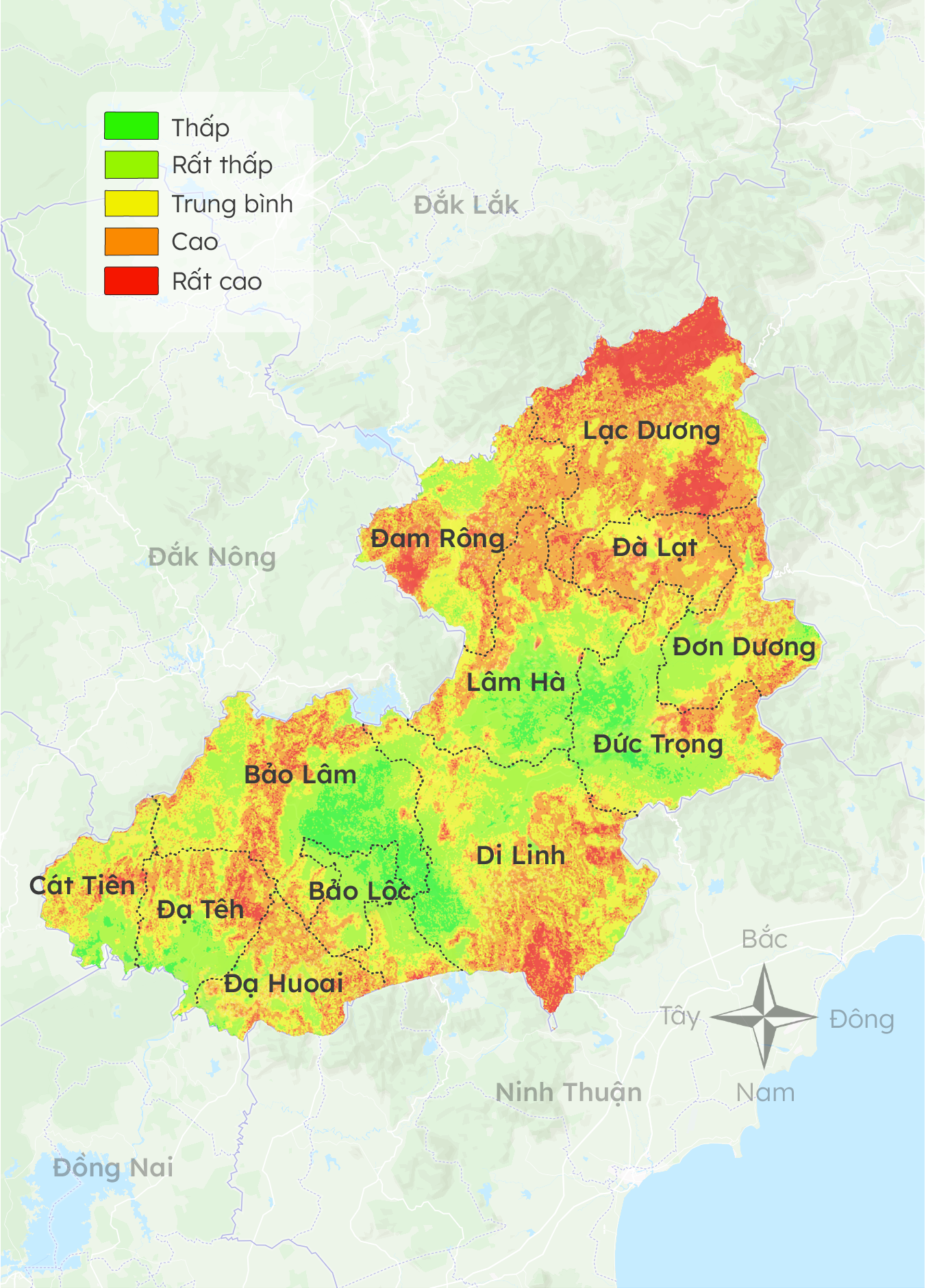
Average rainfall in 4 regions in Lam Dong from 1991 to 2022
The situation is expected to become more tense in the coming months, as Lam Dong has just entered the peak of the rainy season. Data from previous years shows that August and September are the months when rainfall peaks, leading to the risk of landslides in this highland region.
According to Nguyen Van Huan, Head of Forecasting Department - Central Highlands Hydrometeorological Station, in August, Lam Dong in particular and the Central Highlands in general will have higher rainfall than the average of many years, the risk of heavy rain is likely to continue to occur.
Dr. Nguyen Tien Cuong, a landslide expert at Phenikaa University, analyzed that prolonged heavy rain will cause water to accumulate in the soil, making the soil soft, reducing cohesion, leading to landslides.
“Rain is the direct cause, but human actions make it worse,” he said.
In addition to rain, weak geology also makes landslides more likely to occur. A common cause of changes in soil connections is the conversion of forests into forestry and slash-and-burn agriculture. He cited that in 1945, Vietnam's forest cover was 43%, then due to the impact of war and deforestation, there was a period when the area was only 28%. Up to now, the national forest cover has increased to 41%, but most of it is newly planted forests, sparse, and the soil retention efficiency is not as high as before. Along with that, the landslide situation has also increased.
In addition, construction projects have not carefully studied the stability of geology, increasing human and property damage. For example, the construction site of Rao Trang 3 Hydropower Plant (Thua Thien Hue) was warned to have a high risk of landslides, but was not fully assessed before construction, leading to the tragic landslide in 2020.
Dr. Hoang Phuc Lam, Deputy Director of the National Center for Hydro-Meteorological Forecasting, said that in recent years, heavy rains, thunderstorms, tornadoes, and hail have become more and more unusual in terms of time, location, frequency, and intensity. As early as June, when the El Nino period began, the agency noted the need to prepare for extreme weather events that would occur more frequently.
"The weather could become more unpredictable, potentially causing record-breaking heavy rains in 24 hours," Mr. Lam said, warning that the risk of flash floods and serious landslides will continue in the future.
Content: Thu Hang - Viet Duc - Gia Chinh
Graphics: Hoang Khanh - Thanh Ha
Regarding data: Lam Dong has 4 meteorological stations, including: Da Lat, Lien Khuong, Bao Loc, Cat Tien. The rainfall data in the article is taken from Bao Loc meteorological station - the station closest to the landslide point in Da M'Ri town, Da Huoai district, in the Southwest region of Lam Dong.
Source link


![[Photo] Many streets in Hanoi were flooded due to the effects of storm Bualoi](https://vphoto.vietnam.vn/thumb/1200x675/vietnam/resource/IMAGE/2025/9/29/18b658aa0fa2495c927ade4bbe0096df)
![[Photo] General Secretary To Lam receives US Ambassador to Vietnam Marc Knapper](https://vphoto.vietnam.vn/thumb/1200x675/vietnam/resource/IMAGE/2025/9/29/c8fd0761aa184da7814aee57d87c49b3)
![[Photo] General Secretary To Lam attends the ceremony to celebrate the 80th anniversary of the post and telecommunications sector and the 66th anniversary of the science and technology sector.](https://vphoto.vietnam.vn/thumb/1200x675/vietnam/resource/IMAGE/2025/9/29/8e86b39b8fe44121a2b14a031f4cef46)

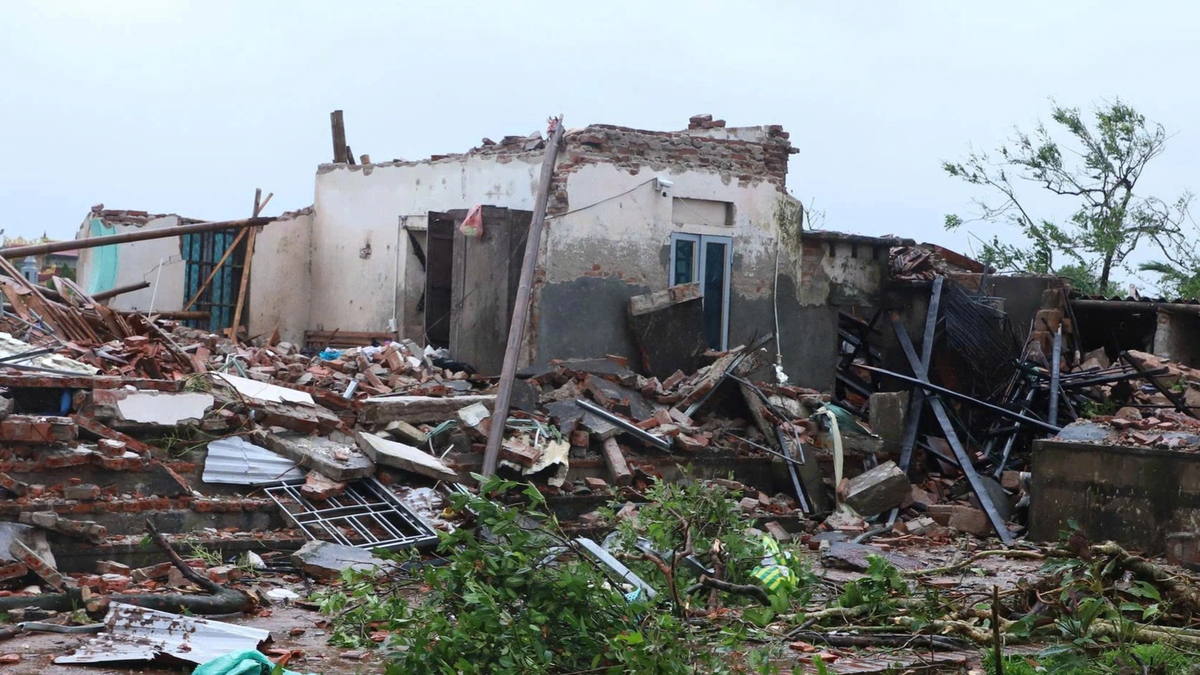
![[Photo] National Assembly Chairman Tran Thanh Man chairs the 8th Conference of full-time National Assembly deputies](https://vphoto.vietnam.vn/thumb/1200x675/vietnam/resource/IMAGE/2025/9/29/2c21459bc38d44ffaacd679ab9a0477c)


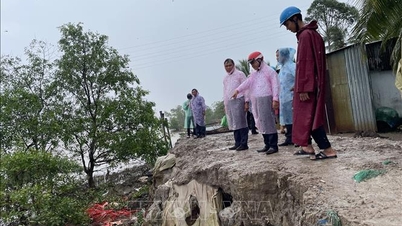

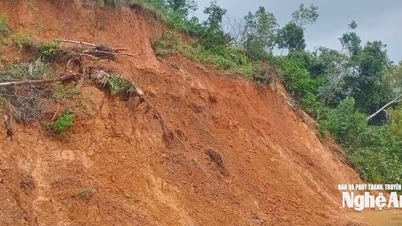



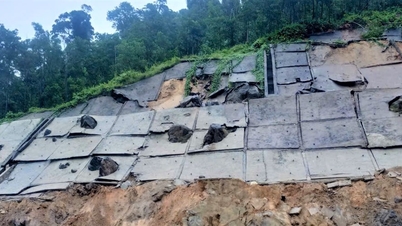















































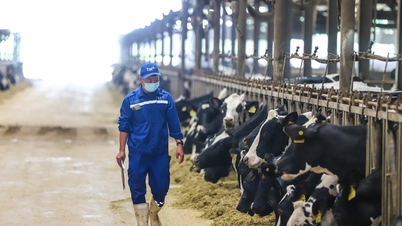


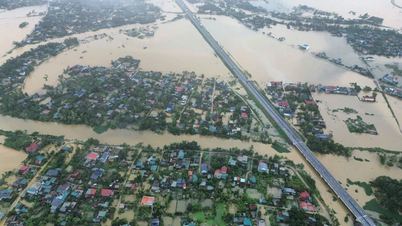


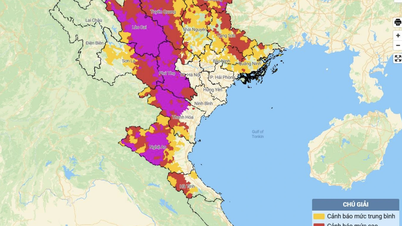











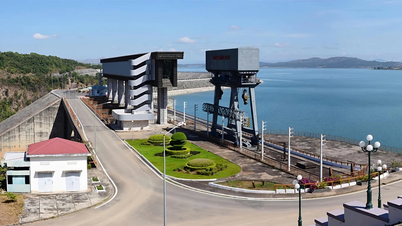



















Comment (0)